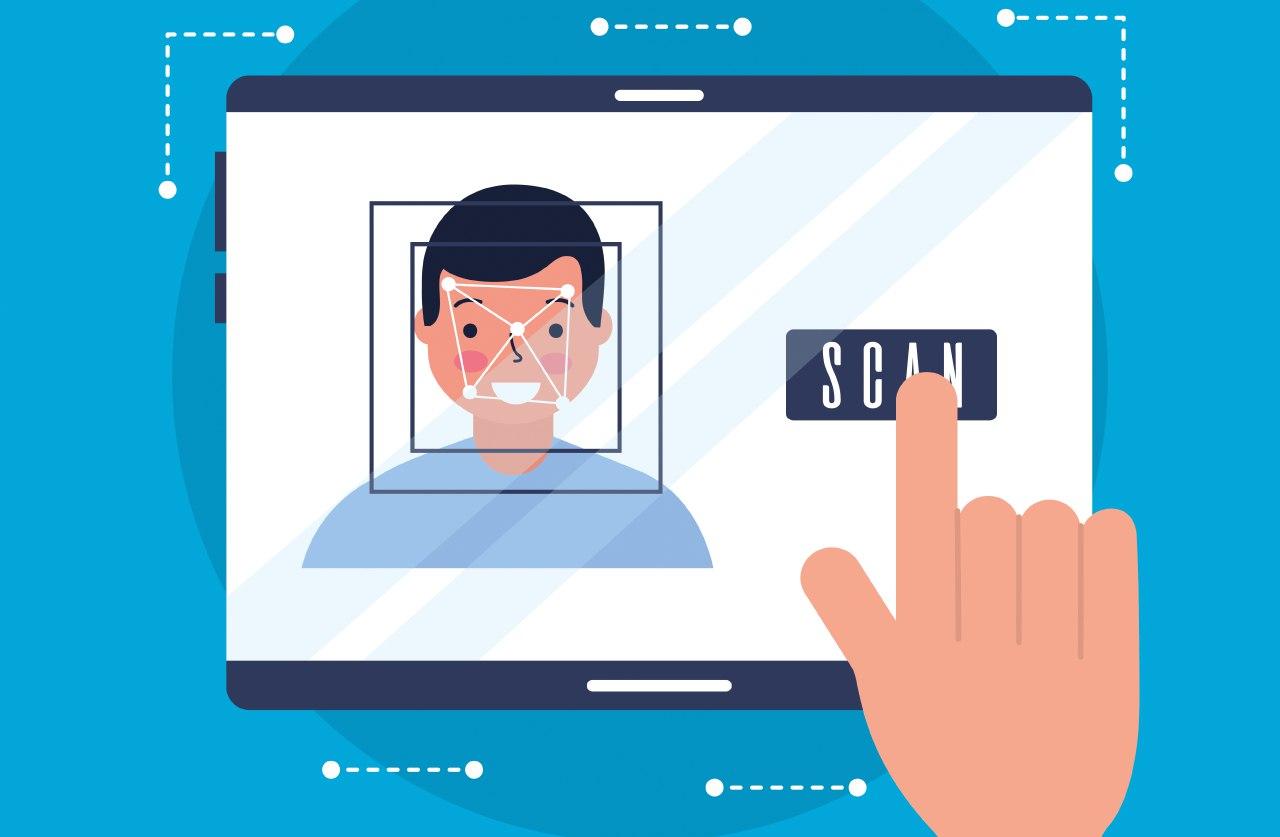"The In-Depth Guide To Improved biometric authentication dialog"

One method of protecting sensitive information or premium content within your app is to request biometric authentication, such as using face recognition or fingerprint recognition. The Wama technology Developer team in Atlanta can check if a device supports biometric authentication prior to invoking Biometric Prompt by using the can Authenticate () method in the Biometric Manager class. To display a system prompt that requests the user to authenticate using biometric credentials, use the Biometric library. The Wama technology Developer team in Atlanta has system-provided dialog is consistent across the apps that use it, creating a more trustworthy user experience. Then we have to Use a cryptographic solution that depends on Authentication To further protect sensitive information within your app, you can incorporate cryptography into your biometric authentication workflow using an instance of CryptoObject. The Wama technology Mobile app developer provides Framework that supports the following cryptographic objects: Signature, Cipher and Mac. After the user authenticates successfully using a biometric prompt, your app can perform a cryptographic operation.
1) Authenticate using only biometric credentials
If your app uses a secret key that requires biometric credentials to unlock, the user must authenticate their biometric credentials each time before your app accesses the key. To encrypt sensitive information only after the user authenticates using biometric credentials, complete the following steps:
1. Generate a key that uses the following KeyGenParameterSpec configuration
2. Start a biometric authentication workflow that incorporates a cipher
3. Within your biometric authentication callbacks use the secret key to encrypt the sensitive information
2) Authenticate using either biometric or lock screen credentials
You can use a secret key that allows for authentication using either biometric credentials or lock screen credentials (PIN, pattern, or password). When configuring this key, specify a validity time period. During this time period, your app can perform multiple cryptographic operations without the user needing to re-authenticate. To encrypt sensitive information after the user authenticates using biometric or lock screen credentials, complete the following steps:
1. Generate a key that uses the following KeyGenParameterSpec configuration
2. Within a time period of VALIDITY_DURATION seconds after the user authenticates, encrypt the sensitive information.
3) Authenticate without explicit user action
By default, the system requires users to perform a specific action, such as pressing a button, after their biometric credentials are accepted. This configuration is preferable if your app is showing the dialog to confirm a sensitive or high-risk action, such as making a purchase. If your app shows a biometric authentication dialog for a lower-risk action, however, you can provide a hint to the system that the user doesn’t need to confirm authentication. This hint can allow the user to view in your app more quickly after re-authenticating using a passive modality, such as face- or iris-based recognition. To provide this hint, pass false into the set Confirmation Required () method.
4) Allow for fallback to non-biometric credentials
If you want your app to allow authentication using either biometric or device credentials you can allow them to authenticate using their lock screen PIN, pattern or password by passing true into the setDeviceCredentialAllowed() method.
conclusion : the in-depth guide to improved biometric authentication dialog has shed light on the importance of secure and user-friendly authentication methods in mobile apps. With Wama Technology, a trusted mobile app development company, you can rely on their expertise to develop a couple app that incorporates advanced biometric authentication, ensuring the utmost security and convenience for users. Trust Wama Technology for your mobile app development needs.